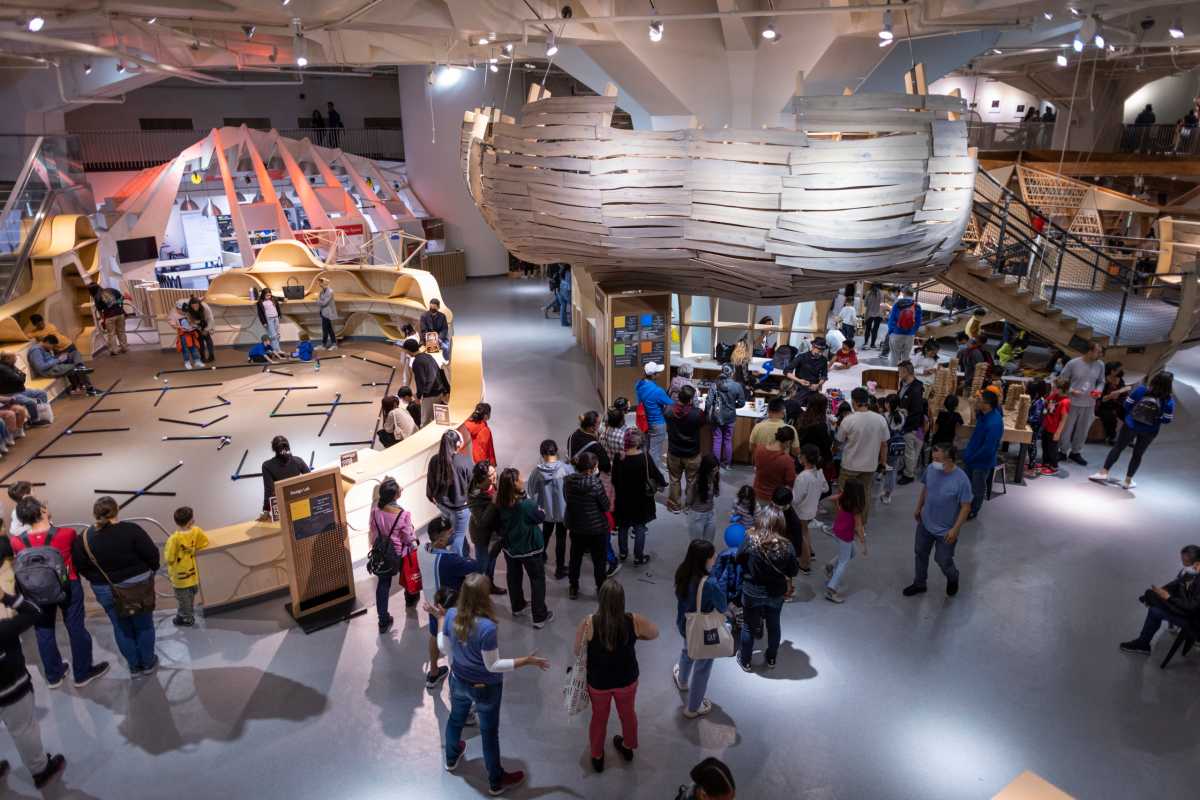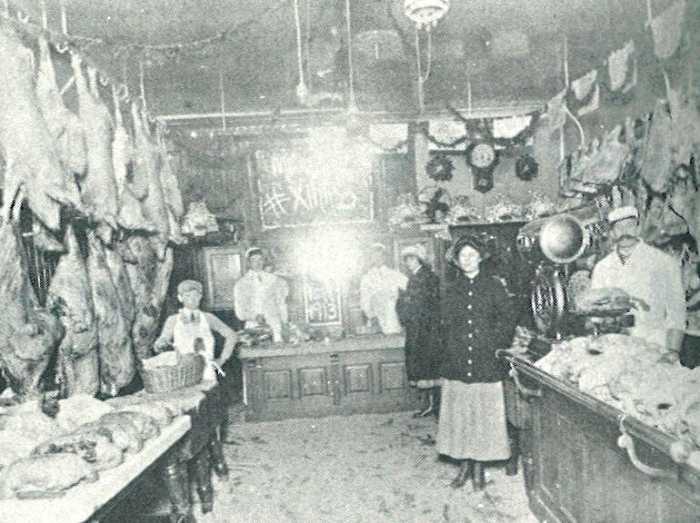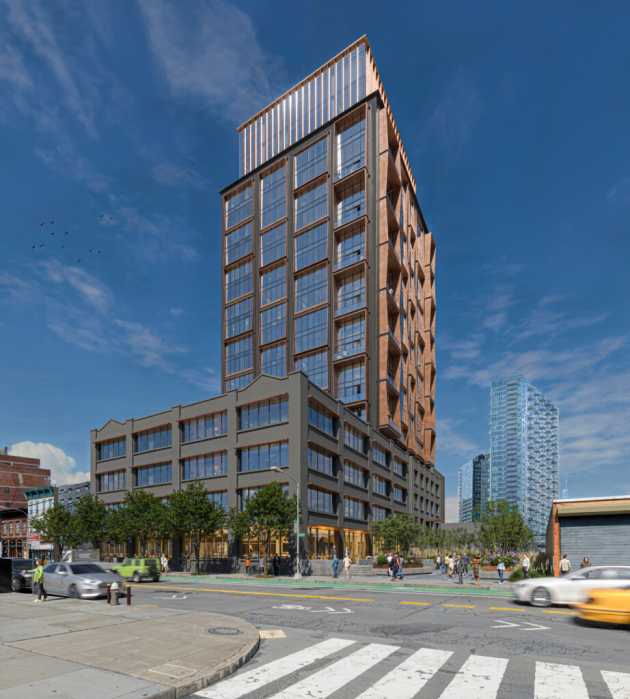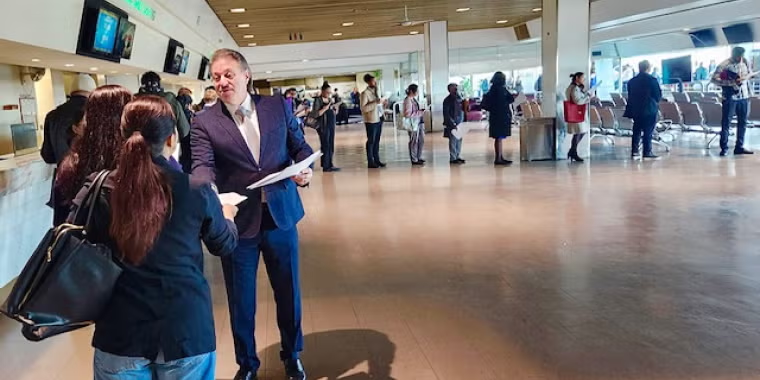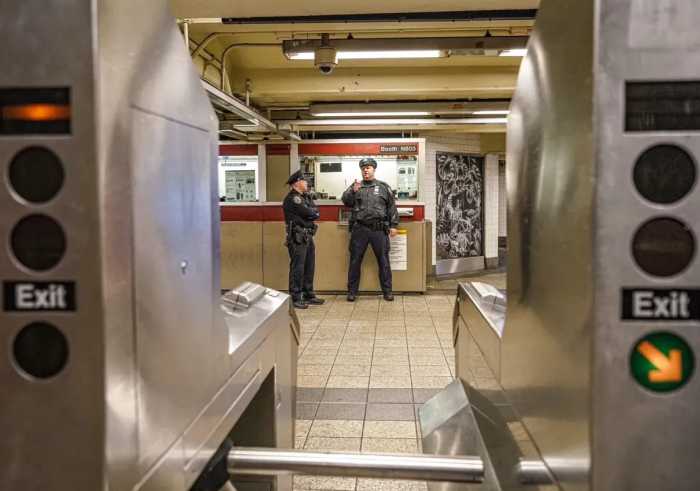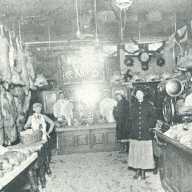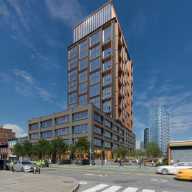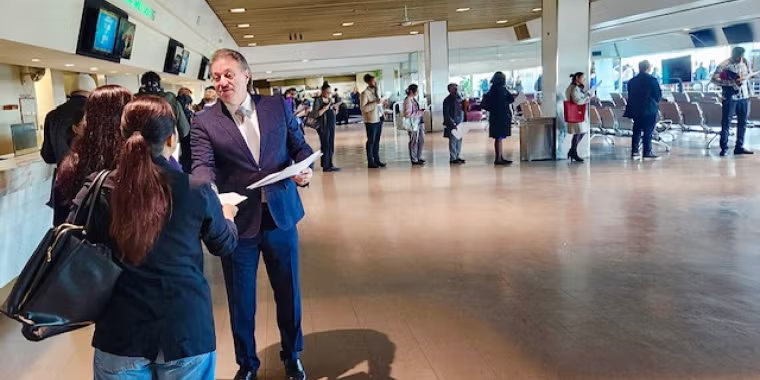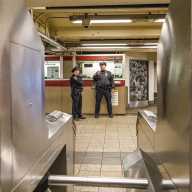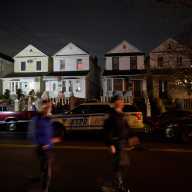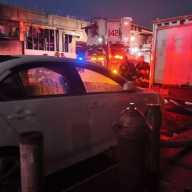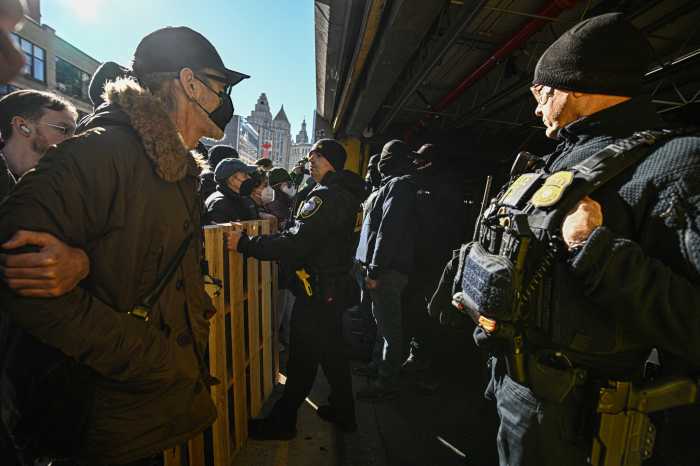The New York Hall of Science has reopened to the public nearly a year after the remnants of Hurricane Ida slammed into Queens, sending over a million gallons of water from sewage drains into the museum in Flushing Meadows Corona Park.
The flooding occurred after the Hall of Science closed during the COVID-19 pandemic and staff spent more than 15 months refreshing exhibits and infrastructure to enhance the visitor experience.
As part of the re-opening, the museum features new interactive exhibits including Powering the City, supported by National Grid and Con Edison teaching schoolchildren how energy transforms and works to power their lives, and Human Plus, an exhibition that explores the ways in which different kinds of technologies can be used to supplement and enhance human abilities.
“NYSCI is back — and we are thrilled to welcome back families, teachers, students and New Yorkers of all ages to our world of interactive science learning,” NYSCI’s President and CEO Margaret Honey said. “Between COVID and last year’s flood, we’ve had to rethink the whole science museum. But our new Powering the City and Human Plus exhibits — along with our permanent collection — will inspire young people and share critical problem-solving and resilience ideas.”
On hand to celebrate the reopening on Oct. 15 were NASA Astronaut and Scientist Dr. Jeanette Epps and Congresswoman Alexandria Ocasio-Cortez.
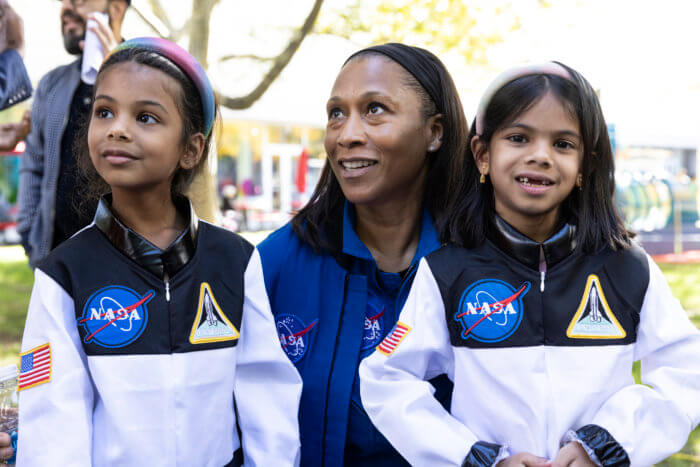
“Last year, Hurricane Ida hit and devastated so much of our community, and ever since then we’ve been fighting and scrapping for every nickel and dime to not just rebuild [NYSCI] as it was, but to set an example for the entire country,” Ocasio-Cortez said. “Not just replace it, but to that we start to construct climate mitigation strategy, so that we’re just not replicating what was here before, but that we are also investing in next-generation technology so that when the next storm comes again, we are not only unharmed but further and more protected than we’ve ever been before.”
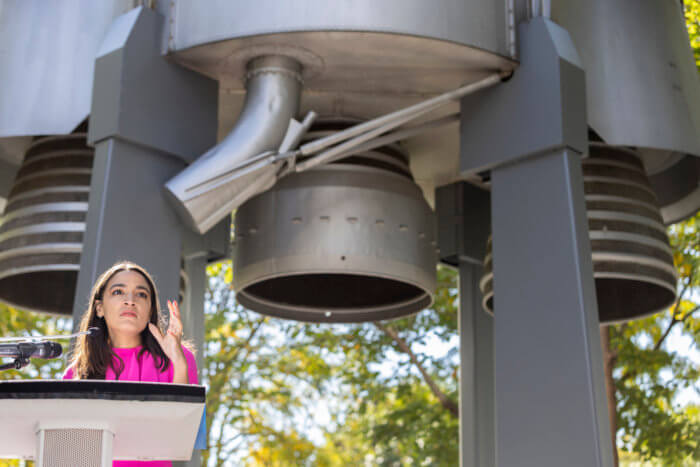
Councilman Francisco Moya said the NYSCI is crucial to the development of young minds in his community, across the borough and the city.
“Education is the key, the whole of science is the gateway to creativity. It is the gateway for all the young people here to have the opportunity that all of us seek, which is a good quality education, to really have them thinking and that’s why this place is so great,” Moya said. “And we have a native New Yorker from Syracuse. We have Dr. Epps here who is the perfect example of that American Dream that is not only going beyond what we do here, but also taking it to the next level, and doing something so great.”
Two days earlier, Moya joined city officials across the parking lot at NYSCI to cut the ribbon on the new 306-seat Mosaic Pre-K Center.
“After more than five years of waiting, we celebrate the doors opening to a new STEAM-focused pre-K right here in Corona,” Moya said. “We know how important early education is in laying the groundwork for children’s futures and every day we see more and more that STEM jobs are not just the jobs of the future, they increasingly shape our present. I grew up a few blocks from here and I know that standing here, I’m in the presence of kids who are going to be our next generation of engineers, builders and scientists who will help develop bold ideas we can’t even imagine yet.”
Queens Borough President Donovan Richards allocated $1 million to build the STEAM-focused pre-K center on the grounds of NYSCI where he spent much of his youth.
“The New York Hall of Science has long been a hub of education and empowerment for children in Corona, across Queens, and beyond our borders,” Richards said. “I could not be more excited to watch the students of this center thrive for years to come. Queens is deeply grateful to all our partners who helped make this day possible.”
Honey noted the unique partnership between the pre-K center and her museum.
“[This] is an opportunity to showcase the ways in which science can be a powerful tool for all children — supporting the Corona community, enhancing the park and leveraging New York City’s only hands-on science museum in the process,” Honey said. “Collectively, the partners in this project are inspiring and preparing the future generation of problem solvers to tackle climate change, accelerate space exploration and cure diseases.”

